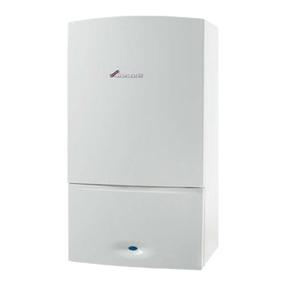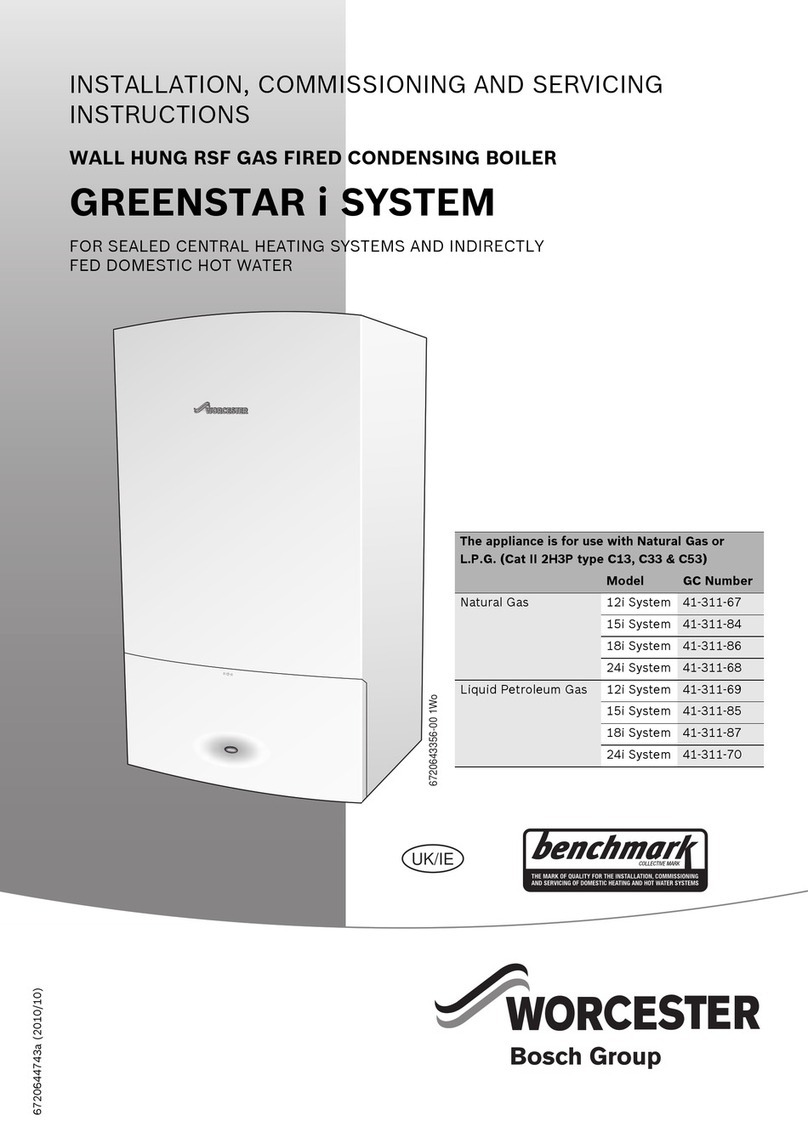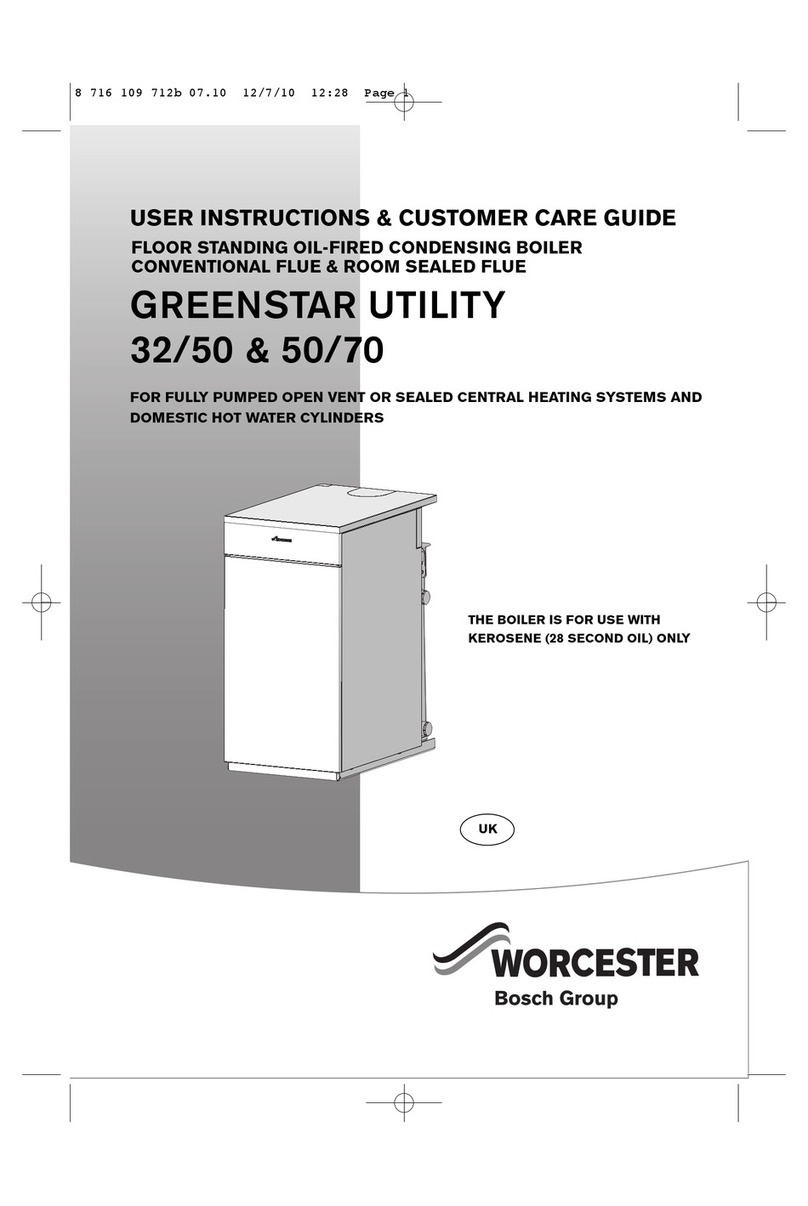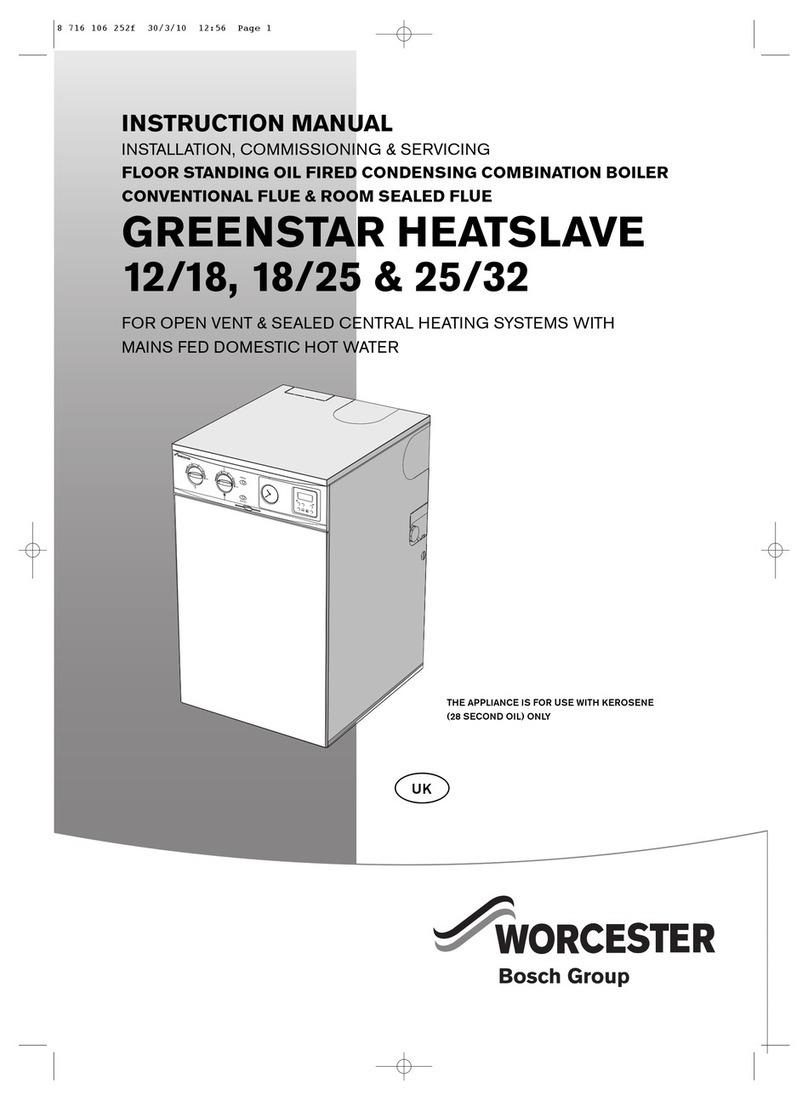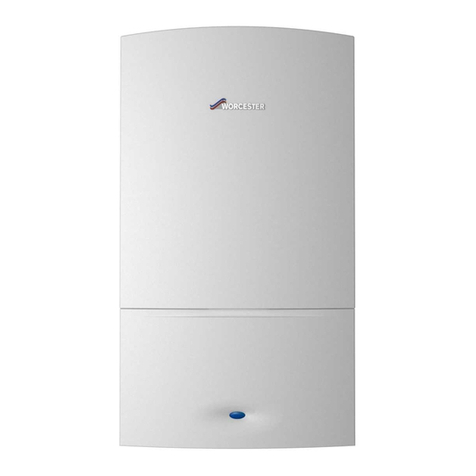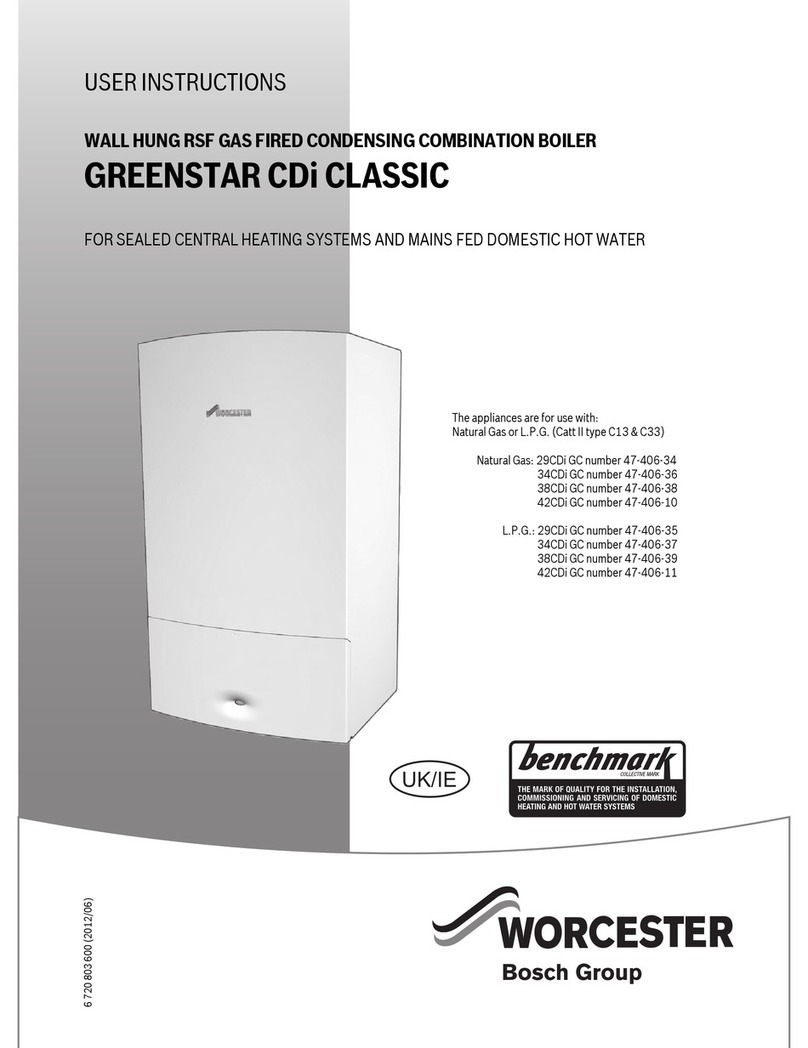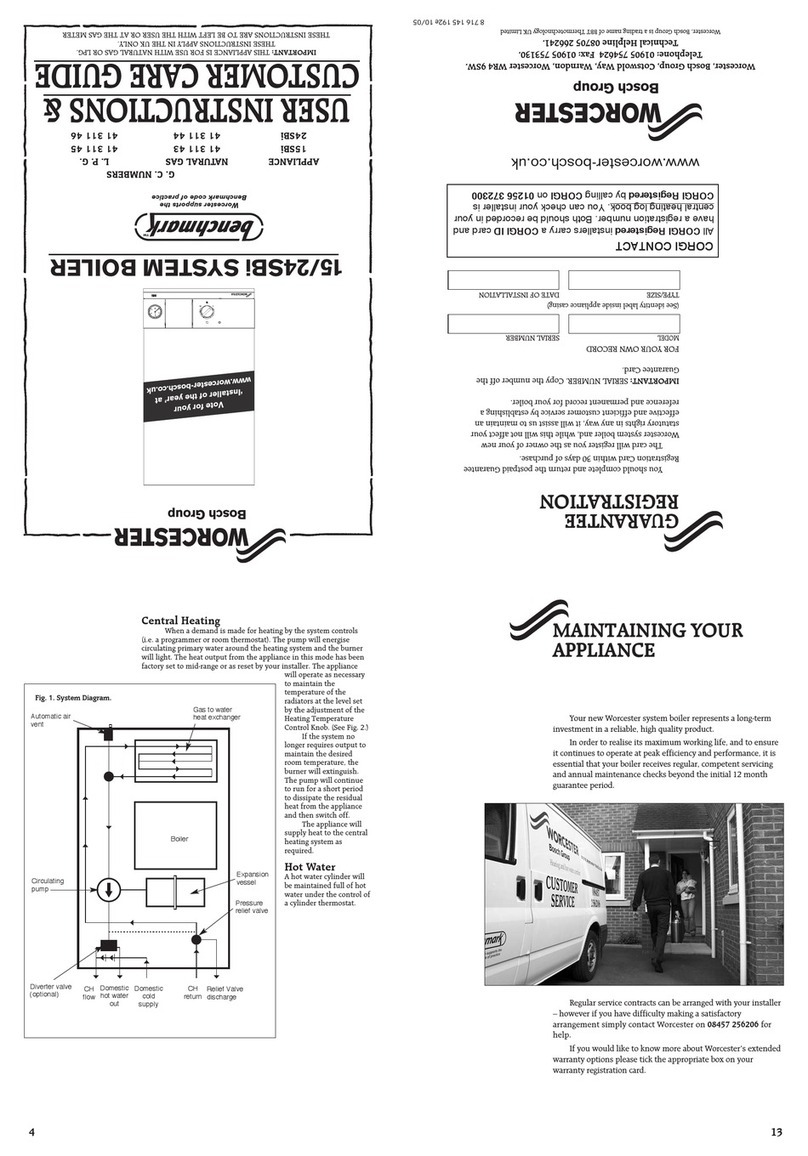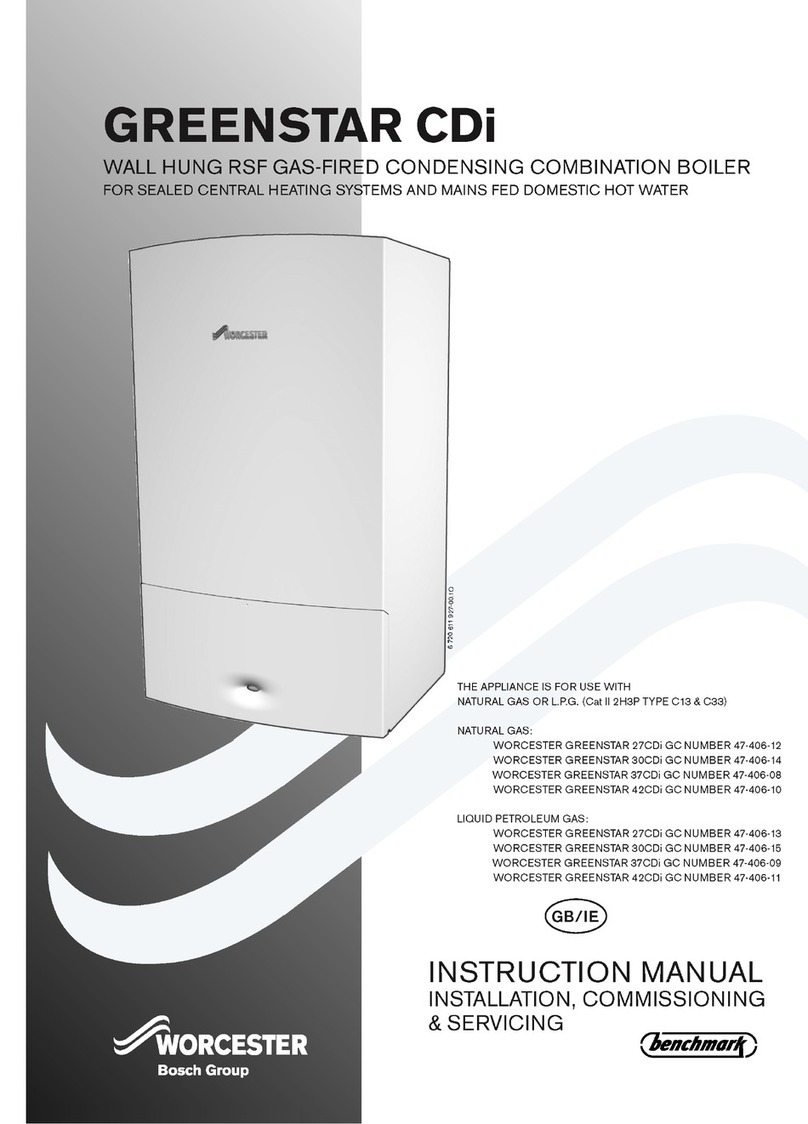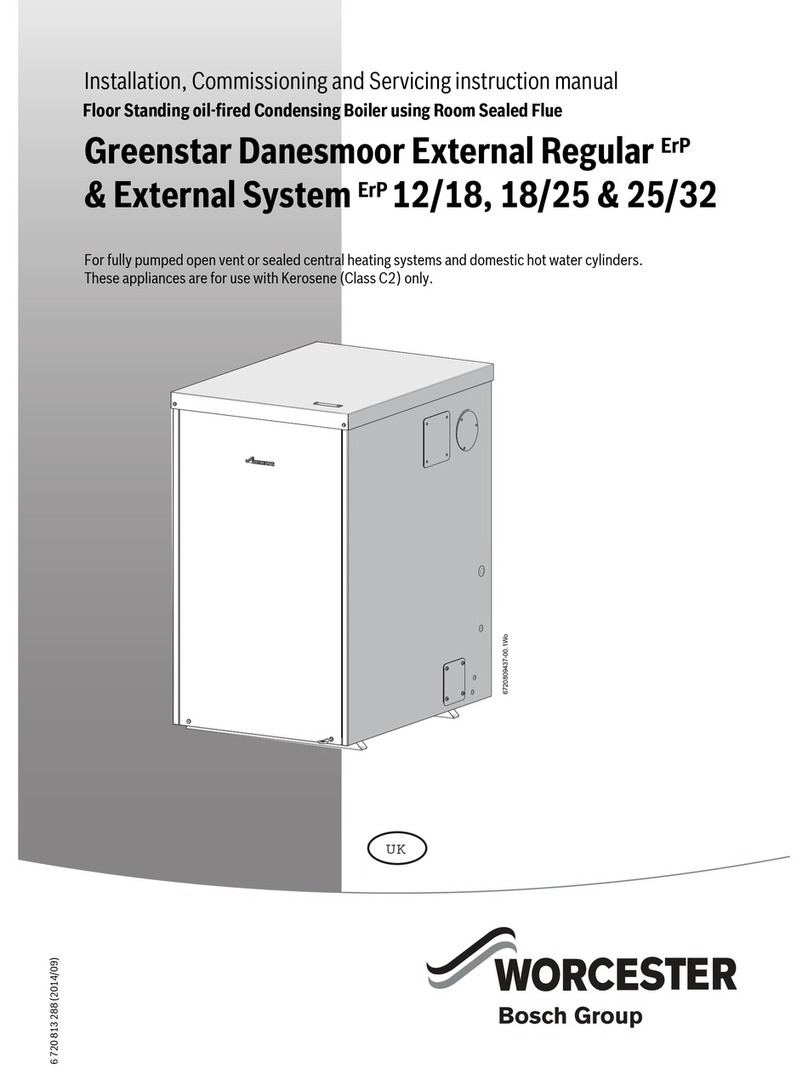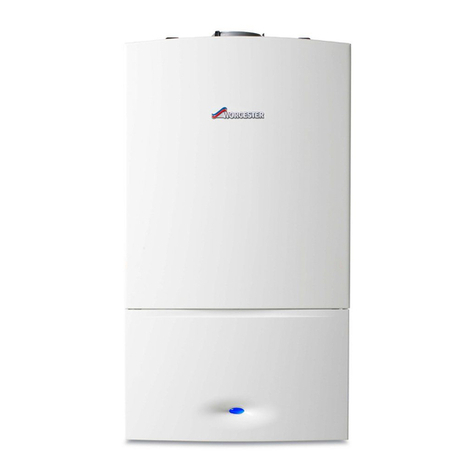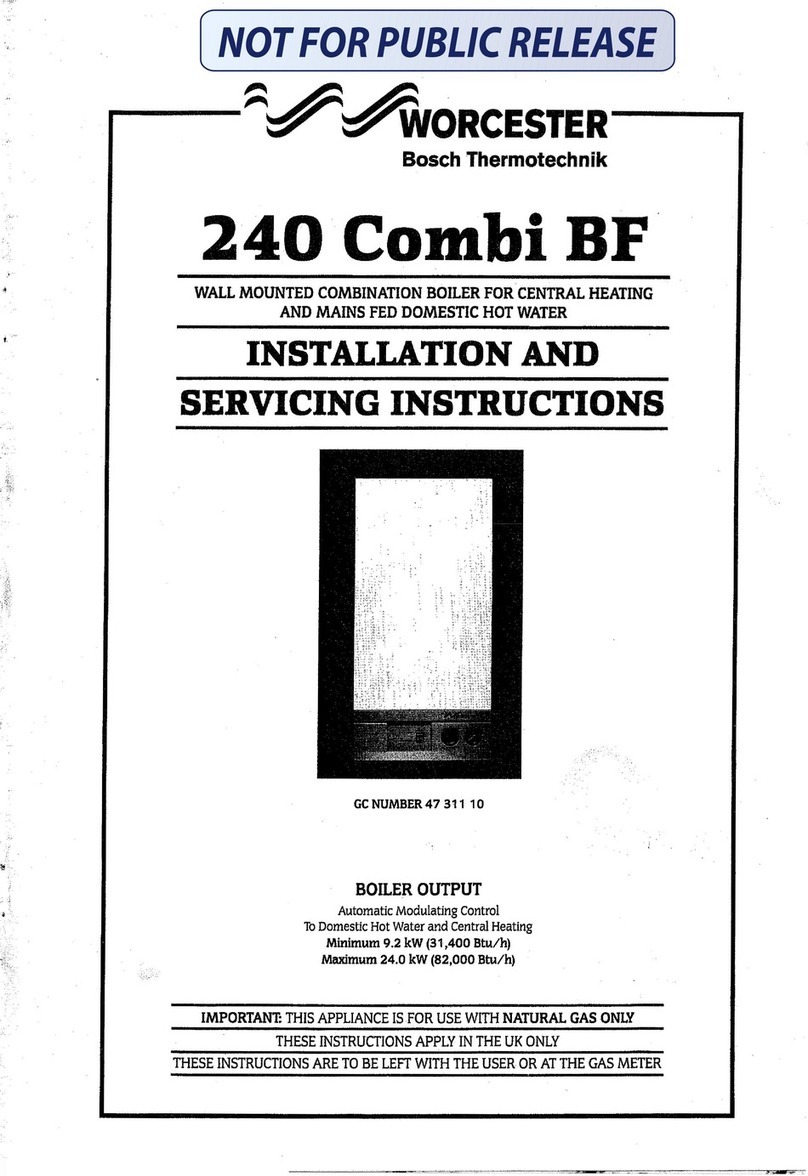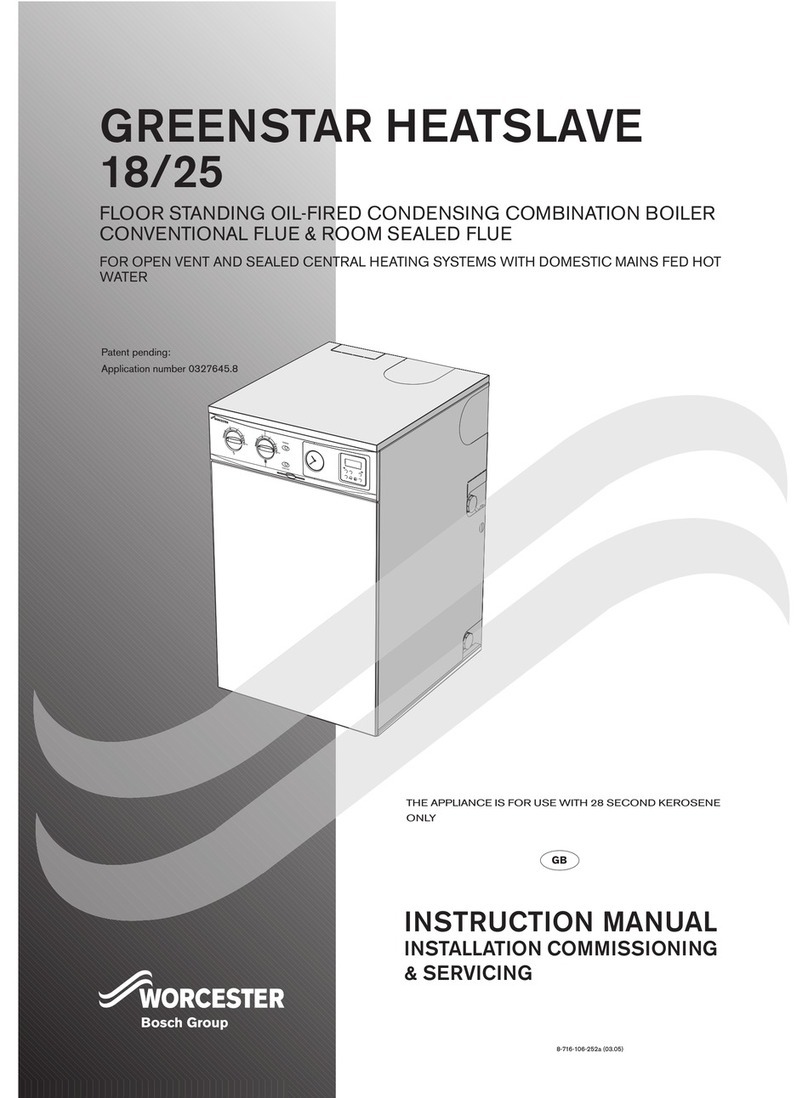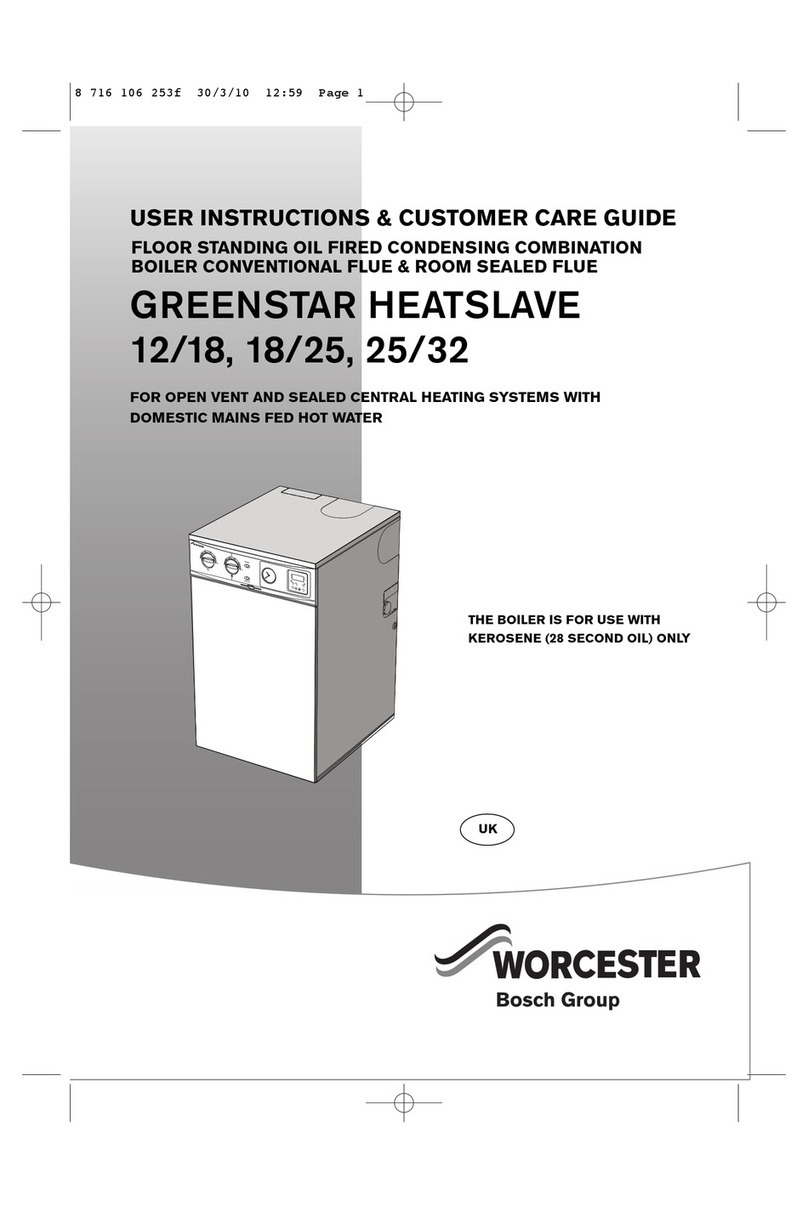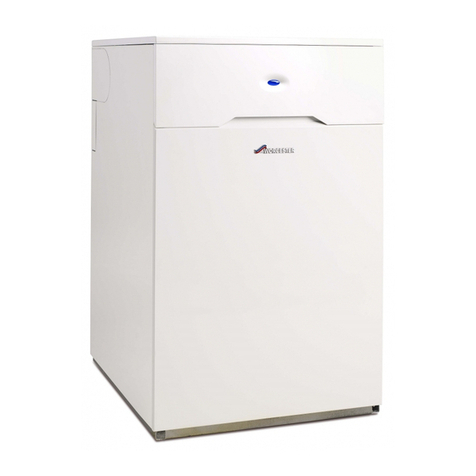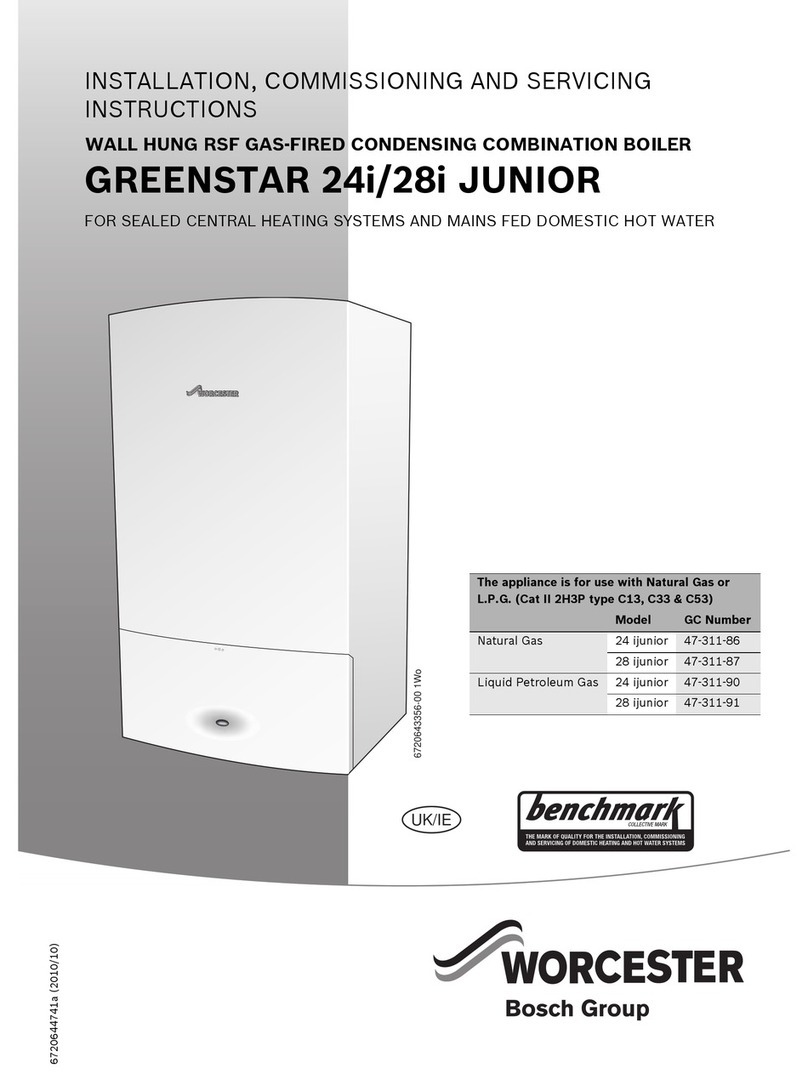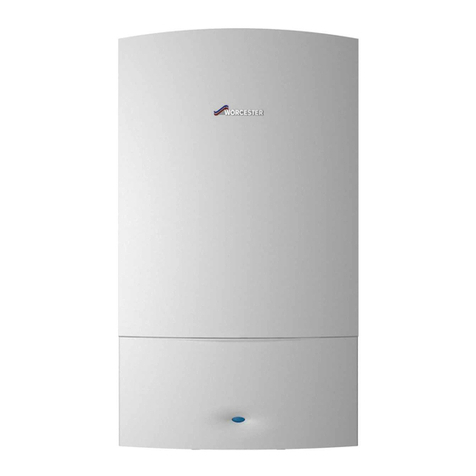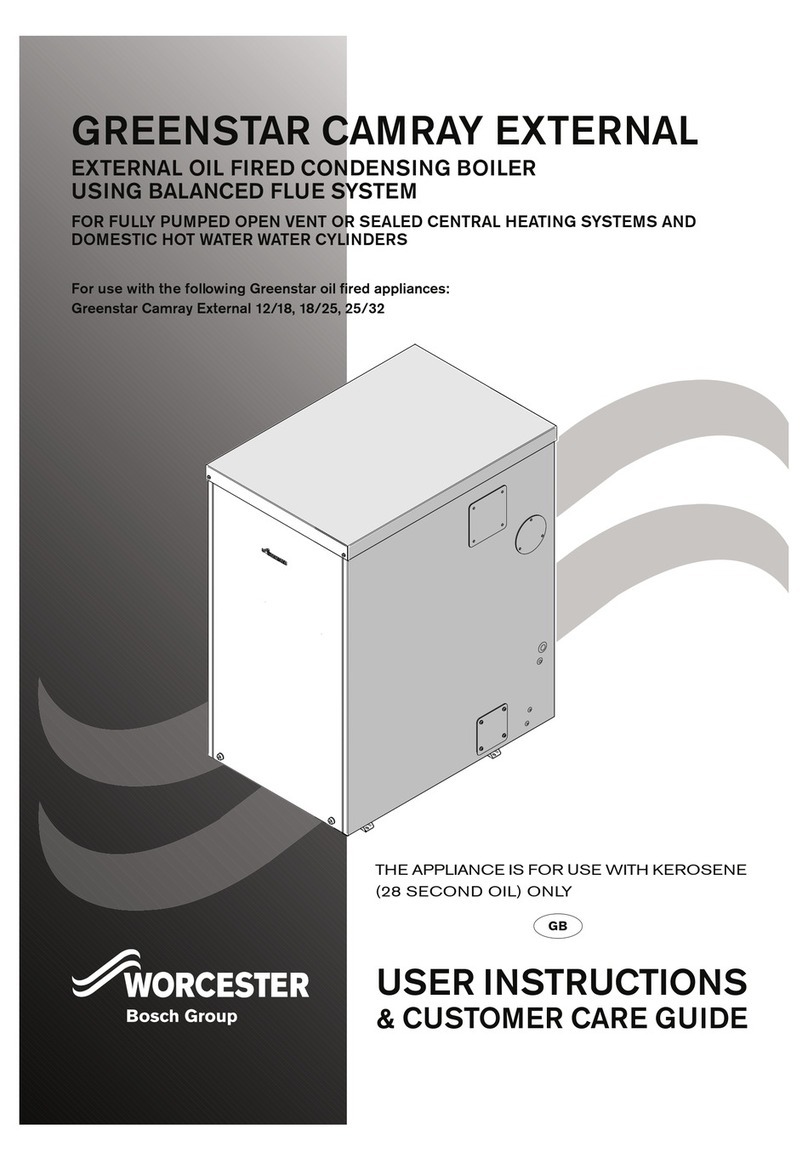2
1. Installation Regulations...........................................Page 2
2. General Information .................................................Page 2
. Technical Data...........................................................Page 4
4. Siting the Appliance.................................................Page 6
5. Removal of the Cabinet............................................Page 6
6. Air Supply..................................................................Page 11
7. Flue ............................................................................Page 11
8. Oil Supply..................................................................Page 15
9. System Considerations ............................................Page 17
10. Sealed Primary System............................................Page 18
11. Open Vent Primary System.....................................Page 19
12. Domestic Hot Water .................................................Page 20
1 . Electrical....................................................................Page 21
14. Functional Flow Charts............................................Page 24
15. Installation ................................................................Page 27
16. Commissioning .........................................................Page 28
17. Users Instructions ....................................................Page 0
18. Routine Cleaning and Inspection............................Page 0
19. Replacement of Parts...............................................Page 4
20. Short Parts List..........................................................Page 7
21. Fault Finding.............................................................Page 8
Contents
1.1 General installation information and advice may be
obtained from the Oil Firing Technical Association for the
Petroleum Industry (OFTEC). Training courses are also offered by
OFTEC, leading to inclusion on their list of registered engineers.
1.2 The appliance should be installed by a competent person.
The person installing the appliance should be aware of the
Health and Safety at Work Act and take appropriate action to
ensure that the regulations are adhered to. In order to give
optimum efficiency and trouble free operation the appliance
should be commissioned by a qualified engineer. OFTEC
recommends the use of registered engineers for the
commissioning of oil-fired burners.
1. The manufacturers notes must not be taken, in anyway, as
overriding statutory obligations.
1.4 The compliance with a British Standard does not, of itself,
confer immunity from legal obligations.
In particular the installation of this appliance must be in
accordance with the relevant requirements of the following
British Standards and regulations in respect of the safe
installation of equipment.
BS 5410: part 1: Code of practice for Oil Fired Boilers.
BS 7 : part 5: Specification for Oil Storage Tanks.
BS 75 3: Code of Practice for treatment of water in domestic hot
water central heating systems.
BS 544 : part 1& 2: Code of practice for Forced Circulation Hot
Water and Central Heating for Domestic Premises.
BS 5 55: part 8: Specification for the installation of
thermoplastic pipes and associated fittings for use in domestic
hot and cold water services and heating systems.
BS 72 1: Thermoplastic pipes and associated fittings for hot and
cold water for domestic purposes and heating installations in
buildings.
BS 7074: part 1: Application, selection and installation of
expansion vessels and ancillary equipment for sealed water
systems.
BS 7671: IEE Wiring Regulations, current edition.
The Building Regulations Part J and Part L 1 England and Wales;
Part F Section III and Part J Scotland; Part L and Part F Northern
Ireland.
Local water company bye-laws.
The Control of Pollution (Oil) Regulations.
1.5 To ensure that the installation will perform to the highest
standards, the system and components should conform to
those mentioned in the instructions.
The Benchmark initiative is the new code of practice to
encourage the correct installation, commissioning and servicing
of domestic central heating boilers and system equipment.
The 'Log-book' is a vital document that must be completed
by the installer at the time of installation. It confirms that the
boiler has been installed and commissioned according to the
manufacturers instructions.
Without the completion of the Log-book, manufacturers may refuse
to respond to a call-out from a householder, who will be advised
that he or she must call back the installer, who has not fulfilled his
obligations to record the information required by the initiative.
It is important that:
The services and the system are properly flushed as specified.
The User is clearly instructed on the correct operation of the
appliance.
The benefits of regular servicing are explained - to maintain the
efficiency and extend the life of the appliance.
2.1 These instructions cover both conventional flue (CF)/low
level discharge (LLD) and room sealed balance flue (RS)
appliances.
2.2 The Worcester Oil Heatslave range of appliances covered in
these instructions have been designed to serve domestic central
heating and mains pressure domestic hot water requirements,
ranging from 12 kW to 32 kW.
2. The RS balanced flue appliance forms a fully room sealed
system by surrounding the burner with a unique, fully sealed,
push fit box. This causes the combustion air to be drawn
through a factory sealed air duct formed at the rear and
underside of the boiler. The sealed burner gives excellent
acoustic noise reduction and alleviates the need for an air brick
to be located in the boiler room.
Because the balanced flue system does not rely on the cabinet
panels to form the room seal, combustion readings can be taken
from the flue outlet plate as on a conventional appliance , and
the cabinet panels can be easily removed during installation
thereby preventing any damage.
2.4 The boiler is factory set to the mid range output and can be
altered, if necessary, by adjusting the burner as specified in
tables 2 to 6. The low level discharge and room sealed models
are only suitable for use with 28 second Kerosene heating oil.
NOTE: It is a mandatory requirement of the building
regulations that only 28 second kerosene is used on low
level discharge flues.
2.5 The conventional flue 15/1 , 20/25 and 26/32 models
may be converted to burn 35 second gas oil by changing the
nozzle and burner setting as specified in Tables 3, 4 and 5.
2.6 A colour co-ordinated twin channel programmer can be
fitted to the facia panel. This is available from Worcester Heat
Systems as an optional extra.
2.7 Principle appliance components. See Fig , 4, 5 and 6.
Oil Fired Burner
A fully automatic oil fired pressure jet burner is used to supply
2. General Information1. Installation Regulations
